15 underrated countries that are actually fabulous
Go zones
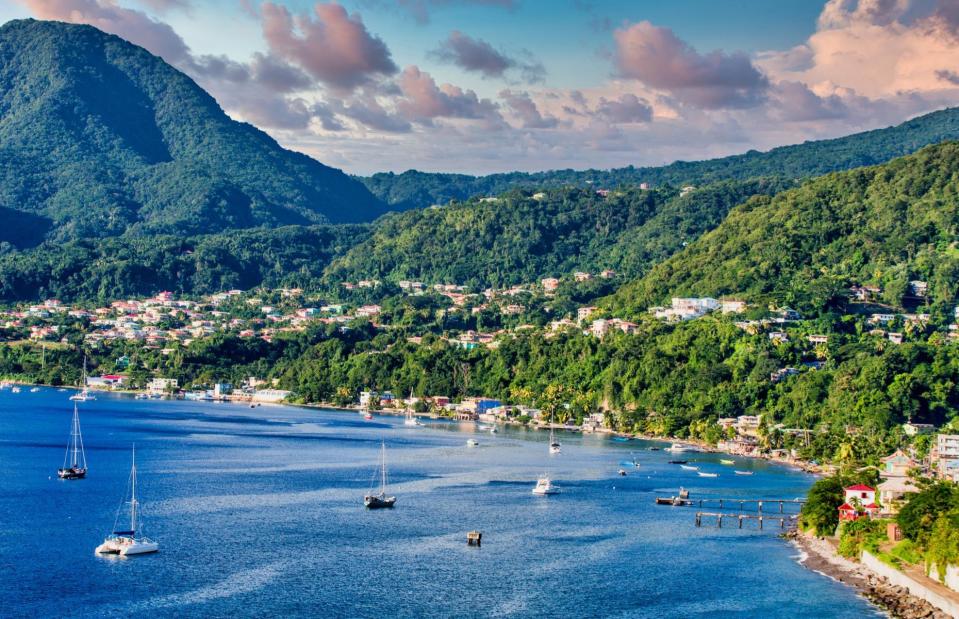
Darryl Brooks/Shutterstock
Some destinations get all the love. Too much, perhaps, with over-tourism creating issues in some cities and countries. Others fly under the radar despite having an abundance of natural beauty, culture, history or all three. These are the countries overlooked in the wake of natural disasters – and places that many people simply haven’t heard of.
We’ve rounded up the world’s most unloved countries that are worth visiting.
Vanuatu
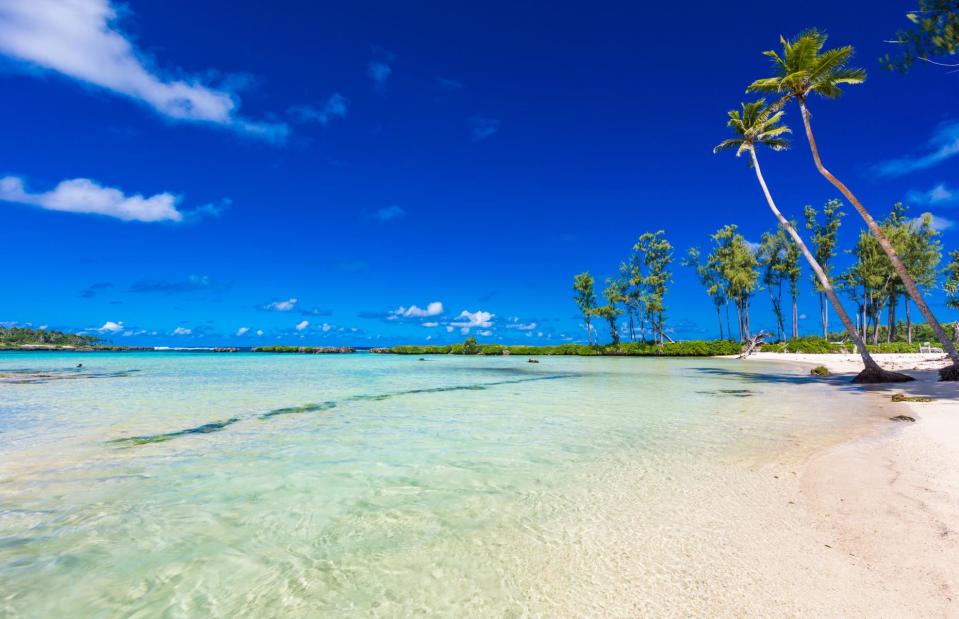
Martin Valigursky/Shutterstock
Visitor numbers to Vanuatu have never been enormous, though they reached a peak of around 350,000 in 2013 – two years before the South Pacific Ocean nation was struck by the devastating Cyclone Pam. Early warnings meant the death toll was relatively low at 11 people, though homes on the archipelago were reduced to heaps of rubble and more than half of the population was affected. Pictured is Eton Beach on Efate Island.
Vanuatu
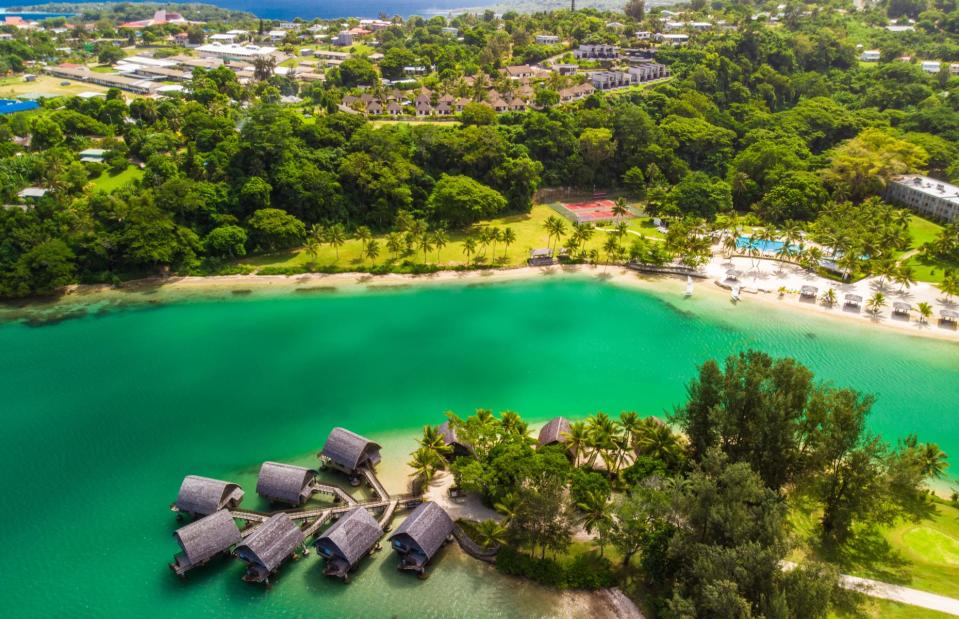
Martin Valigursky/Shutterstock
Recovery efforts were swift, with aid and community initiatives helping to rebuild the island nation – though the number of international visitors dropped to around 250,000 in 2019 and was further hit by the pandemic. But there’s plenty to explore across the string of 80-odd islands, reached by a four-hour flight from the east coast of Australia. The waters are rich in coral reefs, caverns and shipwrecks, while the capital Port Vila (pictured) makes the perfect base for visiting museums, volcanoes and the famously verdant coastline, laced with pale-sand beaches.
Mongolia
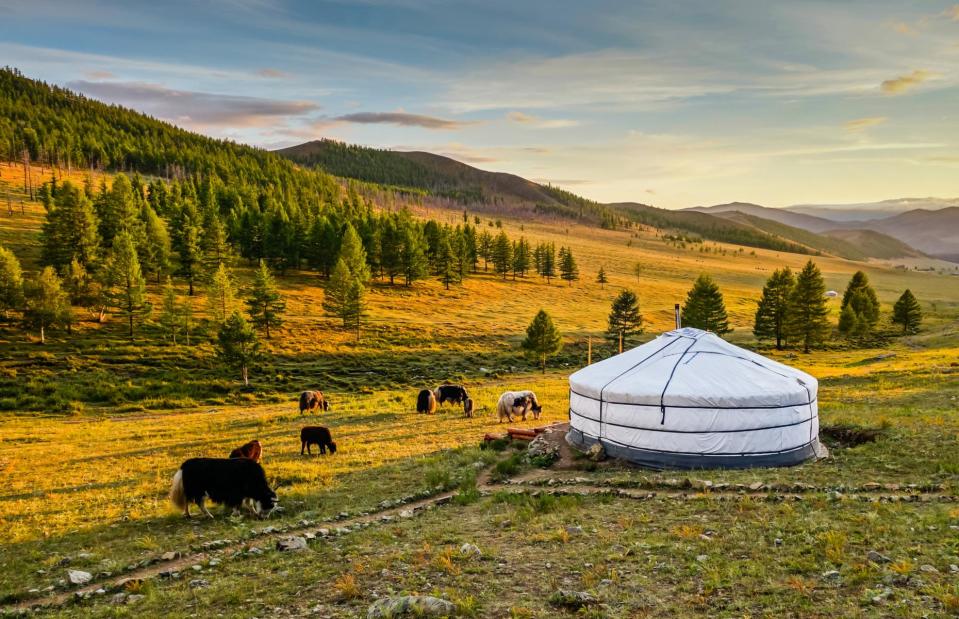
Christian Kornacker/Shutterstock
Mongolia is the least crowded sovereign state, with just five people per square mile (2.6sq km), and the third most sparsely populated country (after Greenland and the Falkland Islands). It’s become something of a byword for remoteness, though tourism numbers have been growing in recent years as more travelers are drawn to its unique and blissfully crowd-free landscapes. Just 71,000 people visited in 1997, shooting up to 637,000 in 2019.
Mongolia
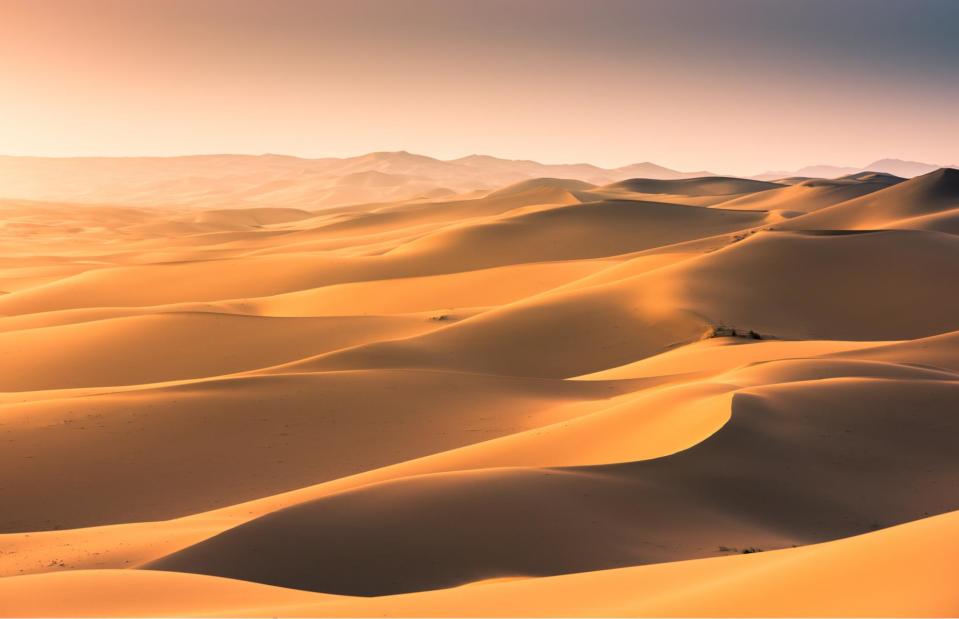
mr.wijannarongk kunchit/Shutterstock
The landlocked East Asian country, which borders China and Russia, is known for its nomadic culture and population – which makes perfect sense when you glimpse the vast and diverse beauty of the place. This is scenery to travel through, with rugged plains that stretch seemingly endlessly, rivers that weave through forests and below mountains, swathes of the Gobi Desert (pictured) and pristine highland lakes.
Equatorial Guinea

Jan Ziegler/Shutterstock
Central African nation Equatorial Guinea is perhaps known for all the wrong reasons, including the (failed) coup attempt by Mark Thatcher and two others in 2004 and the Ebola outbreak, which affected a few West African countries but led to a drop in tourism numbers elsewhere on the continent. There’s little data on tourism in the country, though it’s been reported that Equatorial Guinea is the least visited African country with an average of 6,000 people each year.
Equatorial Guinea
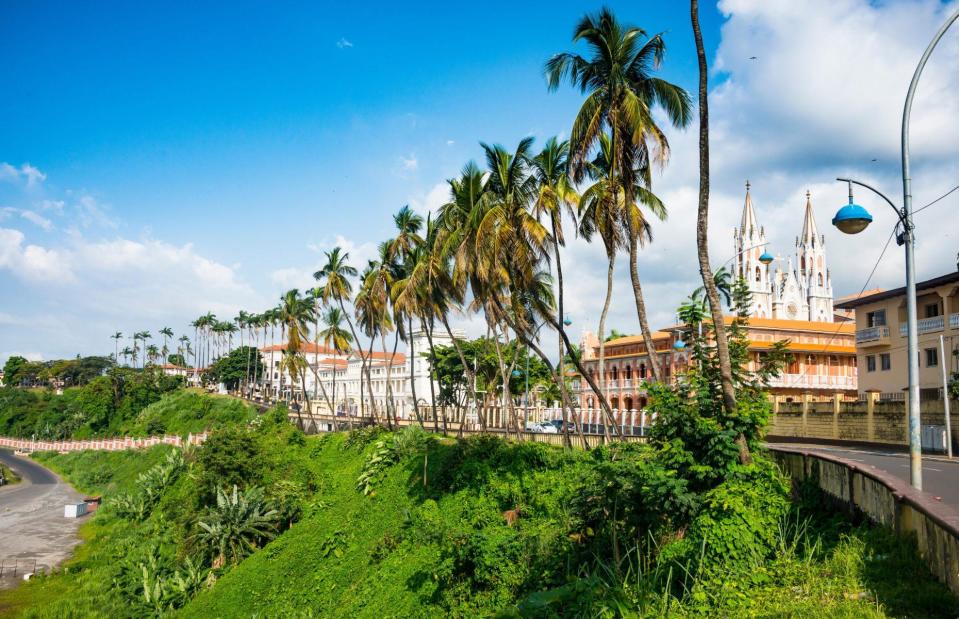
robertharding/Alamy Stock Photo
The country has made attempts to draw tourists, including visa-free travel for US citizens for trips up to 90 days. Those who do go will find a rare mix of wildlife, beautiful landscapes and fascinating culture. Africa’s only Spanish-speaking nation is divided between Rio Muni on the mainland and the island of Bioko (pictured) in the Gulf of Guinea. A checkered past has left an eclectic mix of architecture, the coastline is edged with jungle-backed beaches and its beguiling wildlife includes elephants and gorillas.
São Tomé and Príncipe
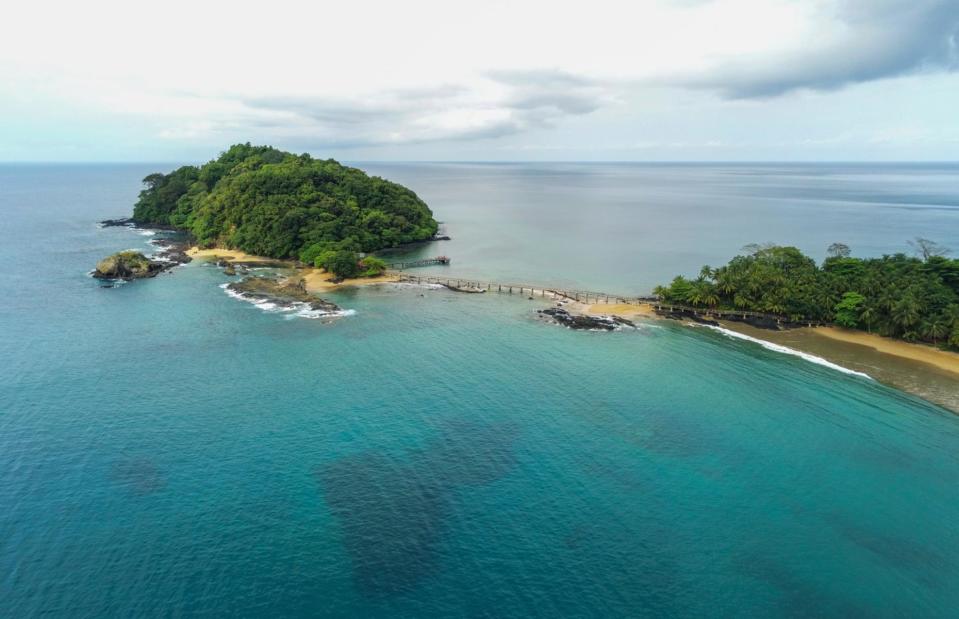
Xinovap/Shutterstock
The two-island nation of Sao Tomé and Principe is Africa’s second-smallest country and has visitor numbers matching its size: just 33,400 in 2018. Placed in the context of population size, that still leaves it in 138th place when it comes to global tourism figures. Part of the reason is the requirement for visas before traveling, though there are usually direct flights from Portugal, from which the country gained independence in 1975.
São Tomé and Príncipe
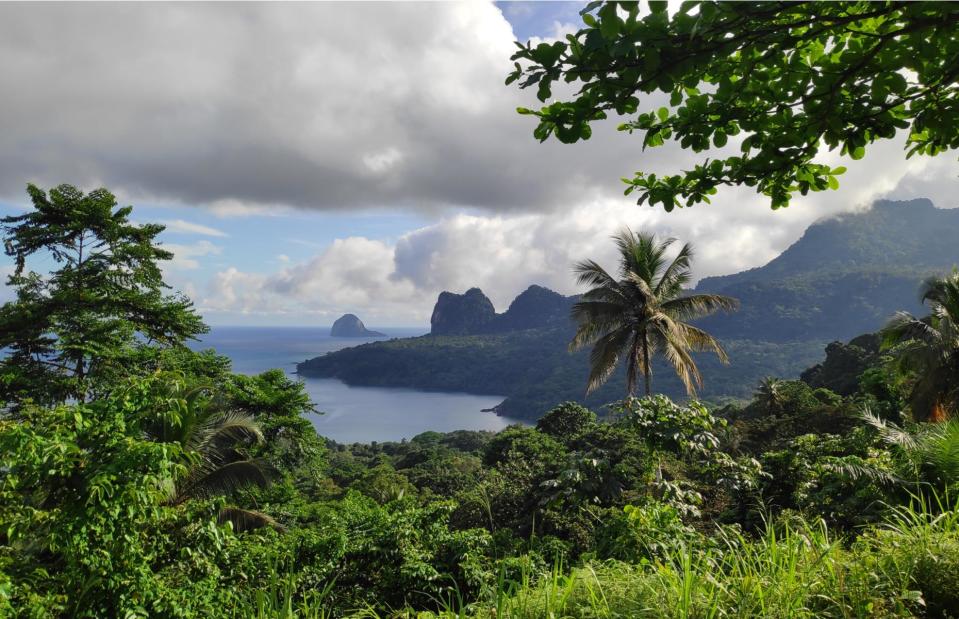
FOTOADICTA/Shutterstock
The islands are in West Africa’s Gulf of Guinea and smaller Príncipe – together with surrounding islets – is a designated UNESCO Biosphere Reserve, home to a rich array of endemic plants and wildlife. Travelers might find rare orchids, reed frogs and vibrantly coloured birds in the tropical and rainforest, interspersed with mountains and volcanic peaks. Visitor numbers are on the up thanks to a tourism drive – back in 2010, just 7,900 people ventured to the tiny archipelago.
Nauru

Rafayil Abbasov/Shutterstock
A teeny number of tourists make it to the tiny country of Nauru – around 200 people per year, according to the Telegraph (the World Bank has no data, perhaps because the figures are so small). It’s perhaps unsurprising that it’s so under the radar, because this is the world’s smallest island nation at just eight square miles (21sq km). It’s the third smallest country overall, after Vatican City and Monaco.
Nauru

Robert Szymanski/Shutterstock
The remote Pacific island nation has been ruled by various countries, finally gaining independence in 1968. The Queen is among few who have been, as the Commonwealth member was a stop on her 1982 South Pacific tour. While much of the center has been affected by phosphate mining, the coast remains a beguiling mix of white sandy beaches backed by palm trees and ringed by coral reefs.
Dominica
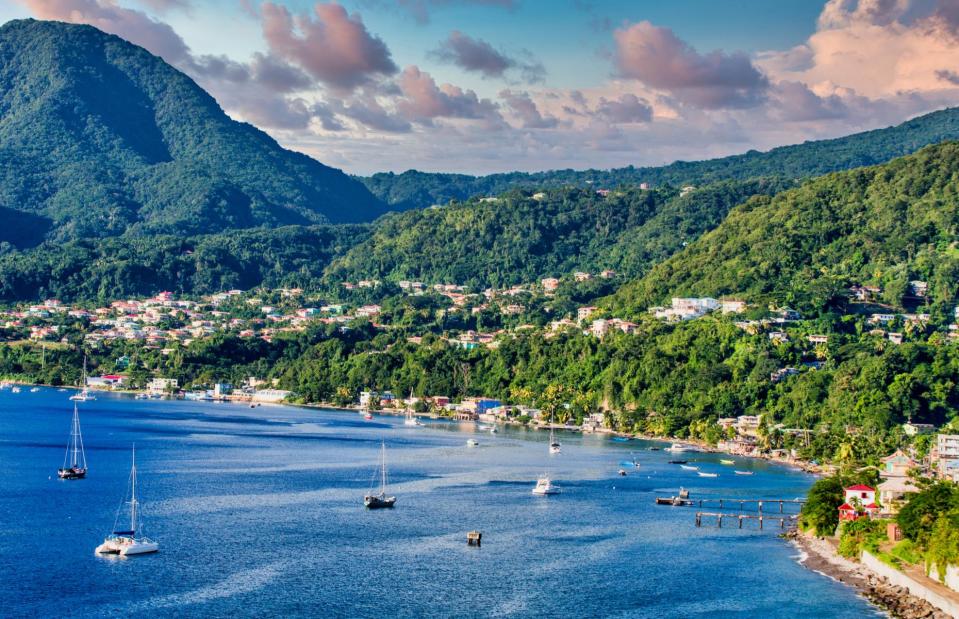
Darryl Brooks/Shutterstock
Tourism to Dominica peaked in 2009 and 2010, when around 600,000 people visited per year, in part due to the unveiling of the epic Waitukubuli National Trail, a coast-to-coast route covering 115 miles (185km). However, most of the island was badly hit by Hurricane Maria in 2017, destroying much of the infrastructure and causing visitor numbers to plummet. Tourism is on the up again, with 322,000 people coming here in 2019.
Dominica
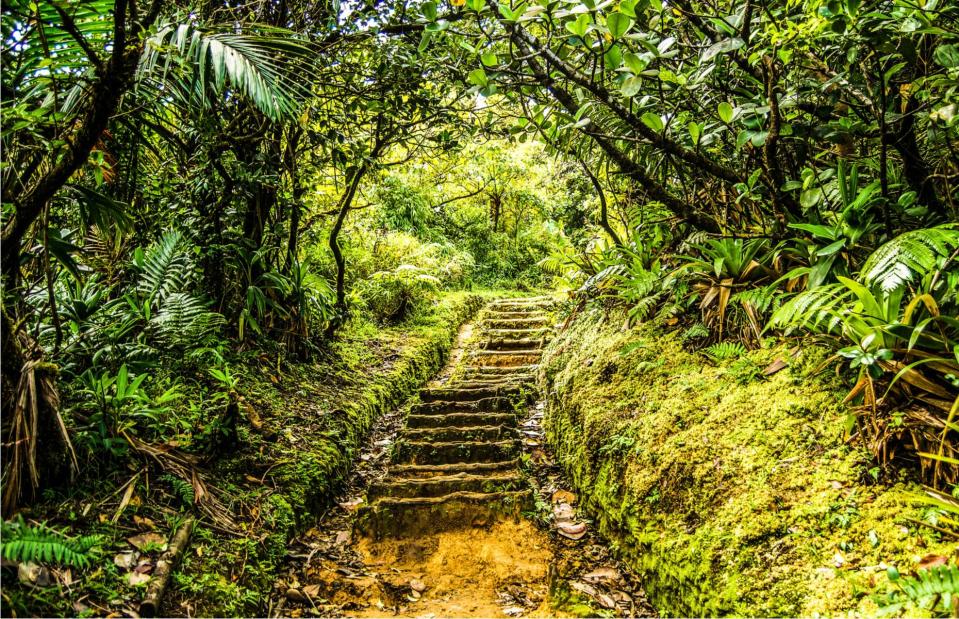
Joseph Thomas Photography/Shutterstock
The county is known as ‘Nature Island’ and it’s pretty clear to see why. This is a veritable paradise of verdant rainforests, volcanoes, hot springs and mountains thickly cloaked in greenery. It’s becoming a popular diving spot thanks to its huge and vibrant coral reef and is also home to Boiling Lake, the world’s second-biggest hot lake (after Frying Pan Lake in Waimangu Valley, New Zealand, and obviously not for diving or even dipping a toe into).
Comoros
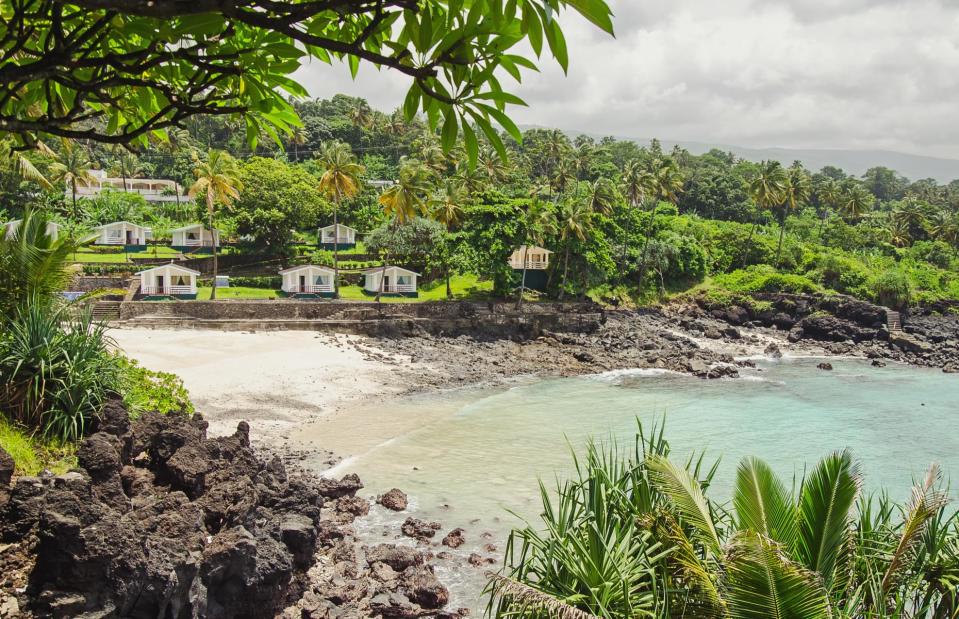
Igor Samoiliuk/Shutterstock
The archipelago of Comoros, which lies off the east coast of Africa, might be little known but that seems to be changing – tourism numbers rose from just over 11,000 people in 2009 to more than 45,000 a decade later, with a jump of 10,000 people from 2018-19. The volcanic islands, which lie north of Madagascar, have been subject to numerous coups since gaining independence from France in 1975 and the country is among the world’s poorest.
Comoros
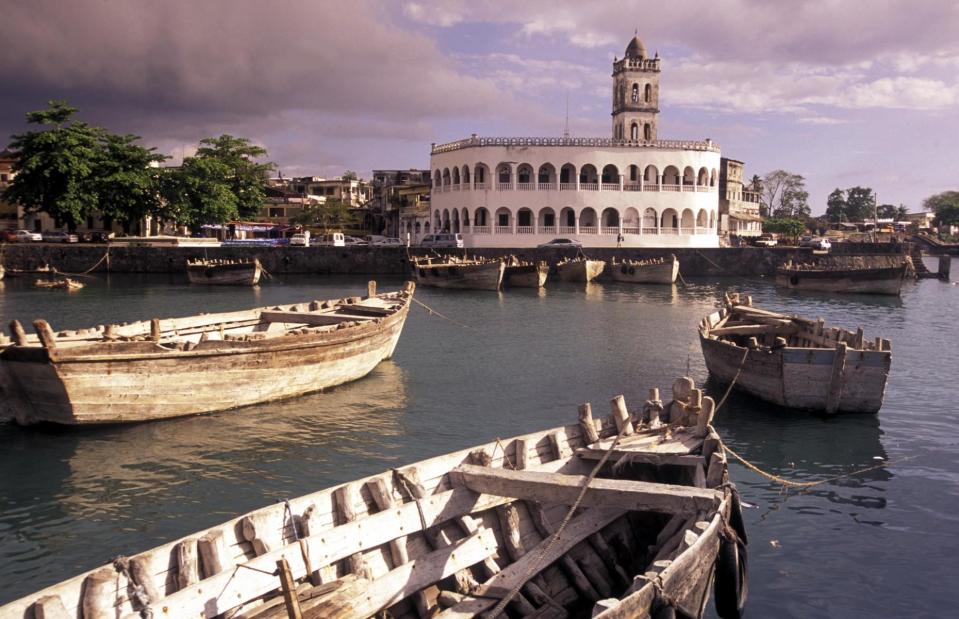
FLUEELER URS/Alamy Stock Photo
Because of this, the tourism infrastructure is scant but growing, and those who do visit find a country of intoxicating beauty. Quite literally, as the main exports here are ylang ylang blossoms, vanilla and cloves, earning the archipelago the nickname ‘Perfume Isles’. It’s aesthetically pleasing too, with volcanoes, a crater lake (Lac Sale), sugar-white beaches and clear waters swum by dolphins. Pictured is the Grande Mosquée de Moroni, in the capital.
Eritrea
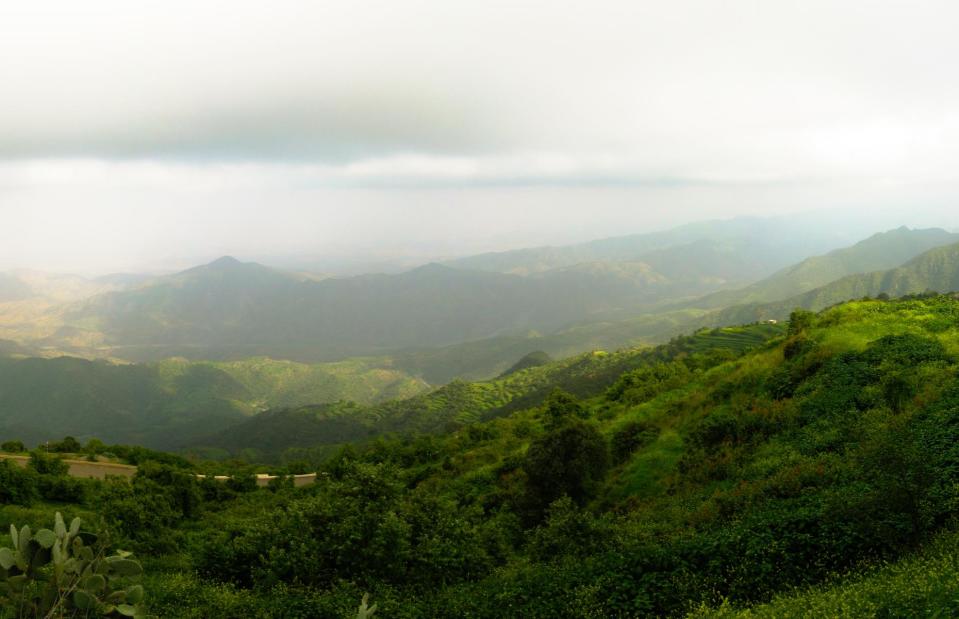
Homo Cosmicos/Shutterstock
The northeast African country of Eritrea, on the Red Sea coast, has been the scene of various conflicts that have had a knock-on effect on tourism. The country’s war of independence with neighboring Ethiopia devastated the country from 1961-91, and its end saw a dramatic spike in visitor numbers – hitting a high of 417,000 in 1996. Sadly, peace was short-lasting and conflict flared again from 1998-2000, over border disputes.
Eritrea

Andrew Palmer/Alamy Stock Photo
Tourism to this natural beauty, whose long coastline is scattered with islands, unsurprisingly plummeted again to a 1999 low of 57,000, reaching 142,000 in 2016. It’s now deemed mostly safe for travelers, with the exception of its borders with Djibouti, Ethiopia and Sudan. Go to discover the capital Asmara – a UNESCO World Heritage Site due to its Modernist architecture – as well as its rolling green landscapes, highlands and diving sites. Pictured is Asmara’s 1938-built Great Mosque.
Montserrat
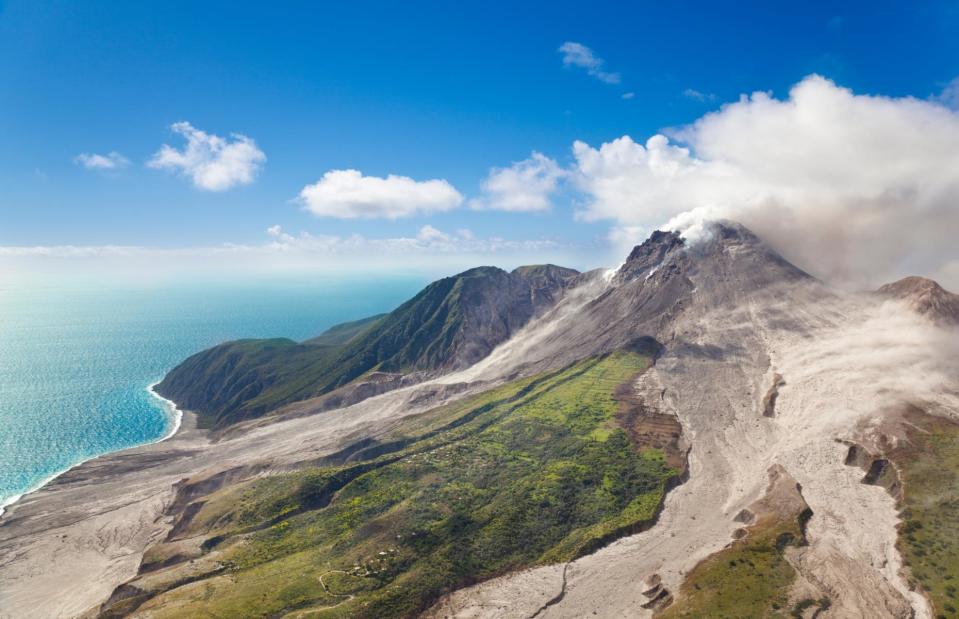
IndustryAndTravel/Shutterstock
This small Caribbean island, a British Overseas Territory, didn’t fall under the radar as much as it was buried under layers of volcanic ash and stone. Parts of it, anyway, after a volcanic eruption in 1995 turning the capital city Plymouth into a modern-day Pompeii. It had previously been a place to be, with Beatles producer George Martin opening a recording studio on the island. But, unsurprisingly, the volcanic activity – with the Soufrière Hills Volcano (pictured now) erupting for a second time in 2003.
Montserrat
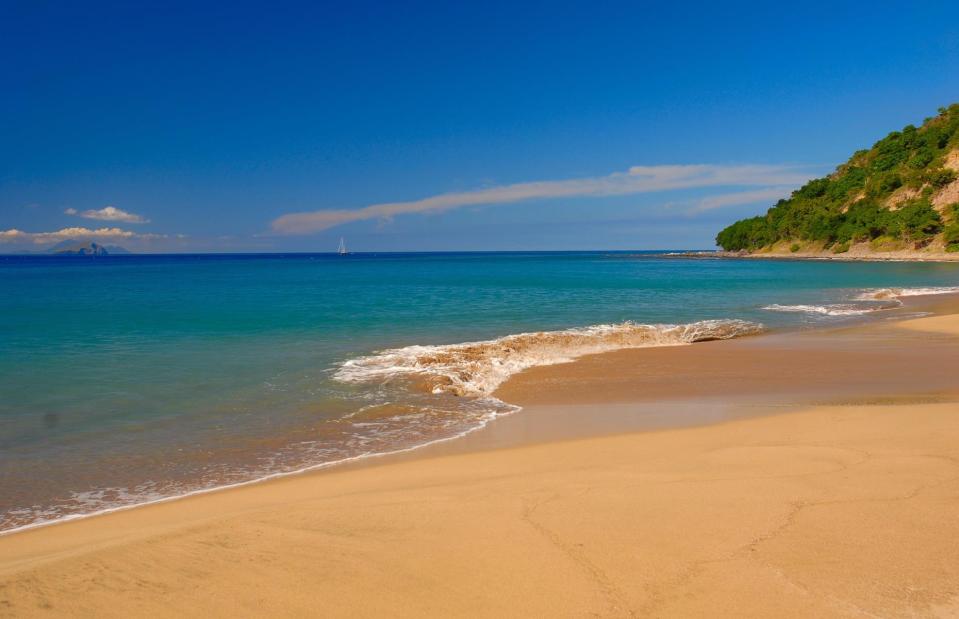
Alistair Homer/Alamy Stock Photo
Numbers have only begun to recover relatively recently, reaching close to 21,000 annual visitors in 2019, the biggest pick-up in tourism since the eruption. Some come to tour frozen-in-time Plymouth, where you can see an ashen 17th-century church and the ruins of an elegant hotel. There’s much natural beauty too: the volcanoes, of course, but also green-velvet mountains, sea caves, coral reefs and beaches in hues from gold to black.
Sierra Leone
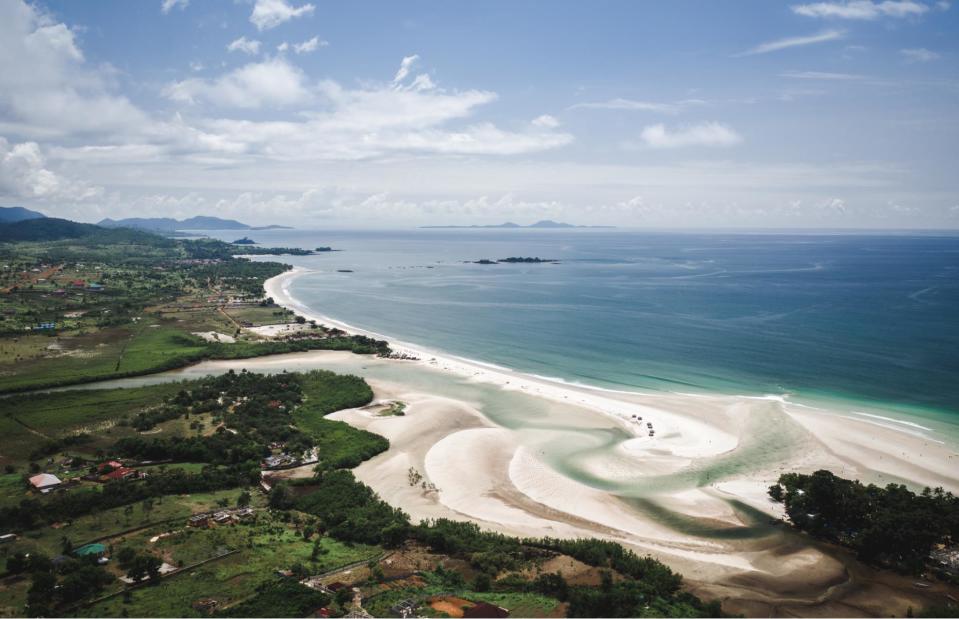
Skeiky/Shutterstock
The Ebola outbreak devastated Sierra Leone, with more than 28,600 cases and 11,325 deaths from 2014-16. It also caused already small visitor numbers – previously impacted by civil war until 2002 – to plummet, from 95,000 in 2013 to just 31,000 two years later. Numbers nearly doubled after the end of the outbreak was declared yet only climbed back up to 71,000 by 2019.
Sierra Leone

Sachin Ganglani/Shutterstock
Now could be the time to fall for Sierra Leone’s many charms. The West African country has some of the world’s most beautiful white-sand beaches stretching along the Freetown Peninsula (pictured). It’s also home to rare wildlife including sea turtles, pygmy hippos and several species of primates, often found in the thick rainforests. The capital, Freetown, has landmarks commemorating the country’s slave-trade past, while people can take a sobering visit to Bunce Island, once a key port for transporting enslaved people to America.
Niue
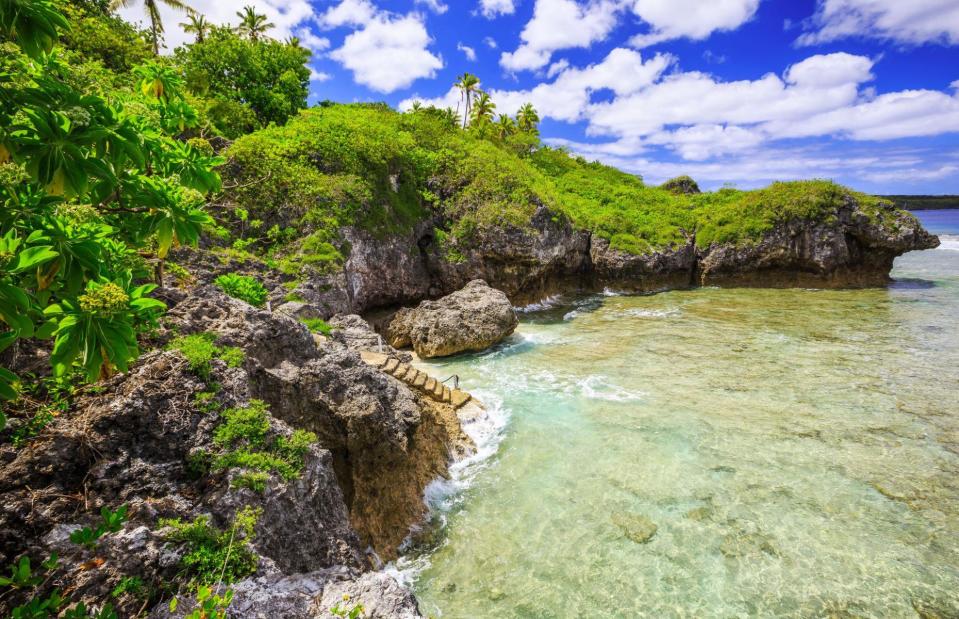
Sorin Colac/Alamy Stock Photo
This tiny island nation is a self-governing state in free association with New Zealand and is one of the world's smallest. It’s actually a raised coral atoll, earning it the nickname ‘The Rock’. It’s far lovelier than that suggests, though: a lush, Polynesian paradise of limestone cliffs, pock-marked sea caves and rock pools. Despite this abundance of beauty, Niue received a total of around 8,500 visitors in 2019.
Niue
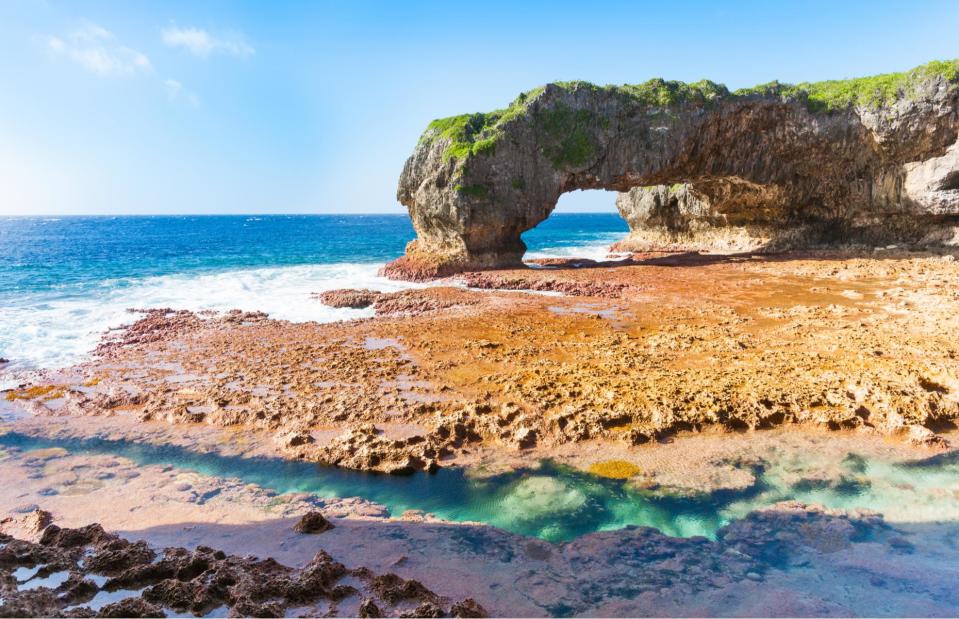
Photos BrianScantlebury/Shutterstock
The country’s name means ‘behold the coconut’ and, if that isn’t enough to make you want to visit, humpback whales can often be spotted not far from the coast. From July to October they treat the warm waters as a nursery, often drifting close enough to be easily spotted from the shore. A direct flight from Auckland in New Zealand is the easiest way to get to this Pacific island. Pictured is one of the Talava Arches, natural rock formations by the sea.
Moldova
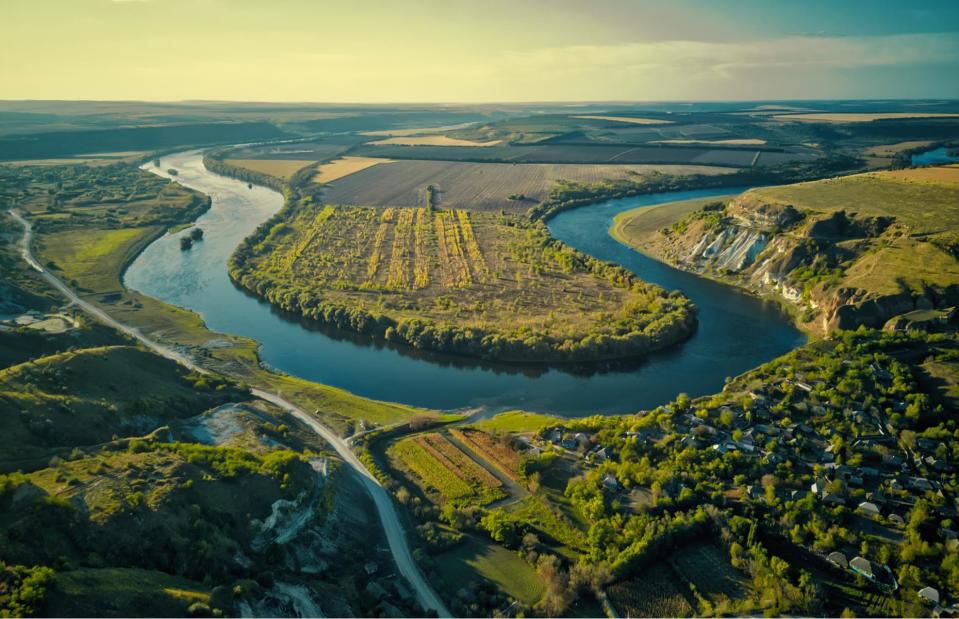
Igor Sirbu/Shutterstock
Fairy-tale castles crown mountains, rivers slice through verdant valleys and vineyards stripe the landscape. Yet Moldova is among the least-visited countries in Europe. The tiny, landlocked country received 174,000 tourists in 2019, which is a record high. A decade earlier that figure was 60,000 and, 10 years before that, just 14,000 so people are clearly catching on. Pictured is the Dniester River.
Moldova
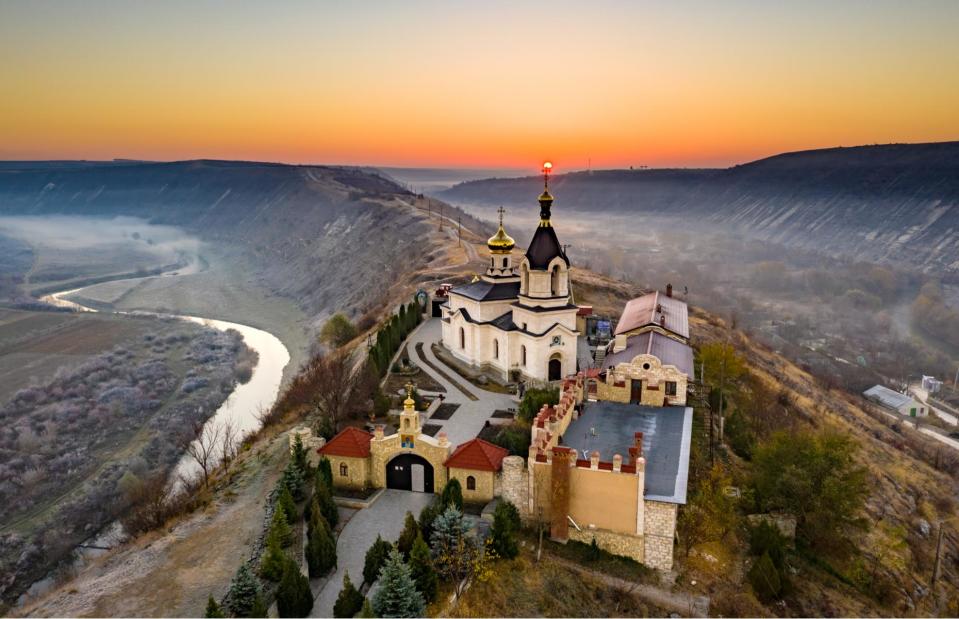
Calin Stan/Shutterstock
One reason for the slow uptake is that Moldova has technically only existed as a country since 1991, when it gained independence from the Soviet Union. It was previously part of Romania. Now, low-cost flights have opened up the county to people curious to explore the capital Chișinău, with its blend of Soviet and Neoclassical architecture, and the wineries. Cricova, known for its vast underground wine cellars, is a must-visit – as is the 13th-century Old Orhei Monastery, pictured.
Saint Vincent and the Grenadines
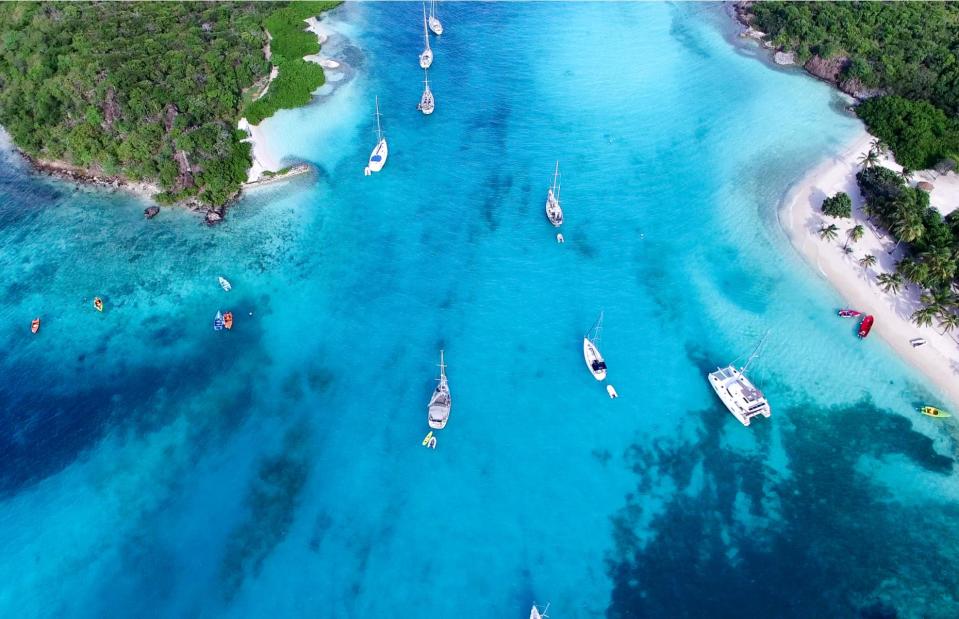
Larwin/Shutterstock
With a name that would be perfect for a music group, Saint Vincent and the Grenadines lies between Barbados, Grenada and Saint Lucia. Yet this Caribbean archipelago receives far fewer visitors than its near-neighbors. To compare, Barbados welcomed close to a million tourists in 2019 while this island chain had fewer than 400,000 visitors – its highest number to date.
Saint Vincent and the Grenadines
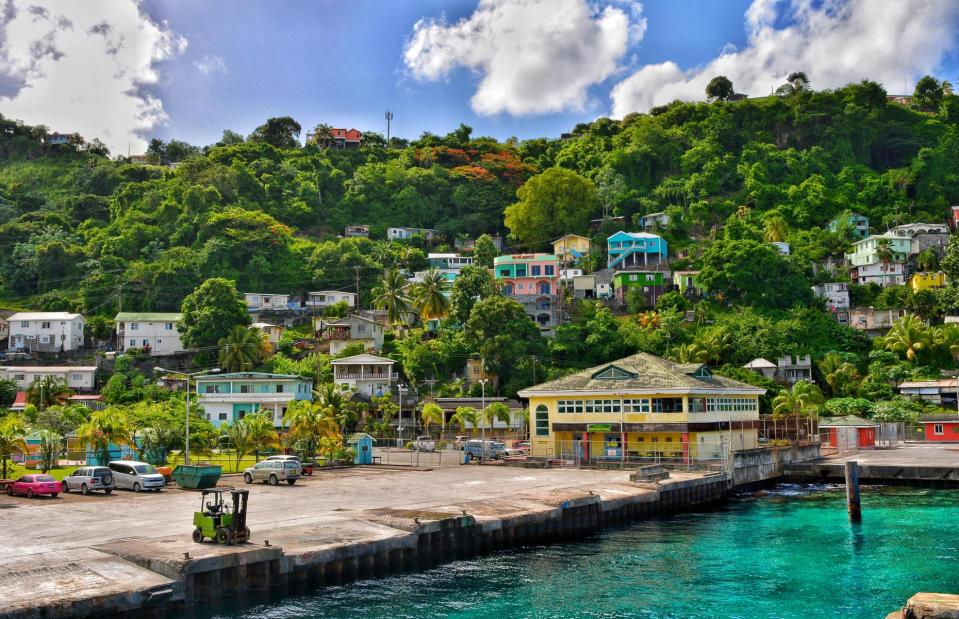
Eleonora Krass/Shutterstock
It’s nothing to do with looks or personality. The main island of Saint Vincent and its accompanying Grenadines are gorgeous, comprising a series of private and resort islands and characterised by volcanic landscapes, champagne-hued beaches, coral reefs and pretty bays. But the country didn’t have an international airport until 2017 and since then the numbers have been on the rise. This picture shows the capital, Kingstown, on Saint Vincent.
Tuvalu
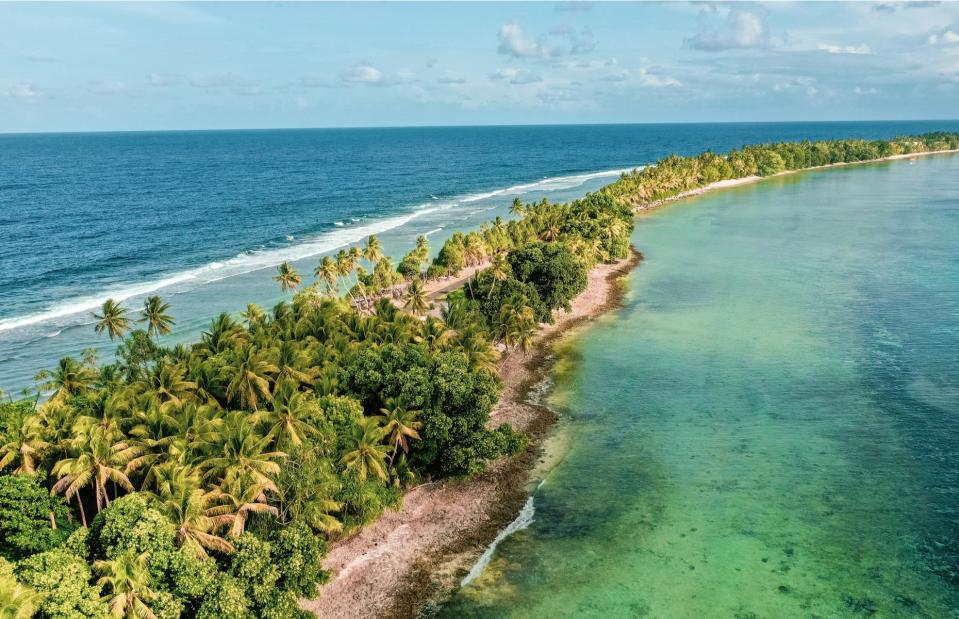
Romaine W/Shutterstock
This tiny archipelago, whose islands are scattered across the South Pacific, receives very few visitors annually – just 2,700 people came here in 2018. Made up of nine islands and located between Australia and Hawaii, the Polynesian country is a picture-perfect paradise. Yet its lack of infrastructure, with the population of around 11,000 people spread across the atolls, has kept visitor numbers down.
Tuvalu
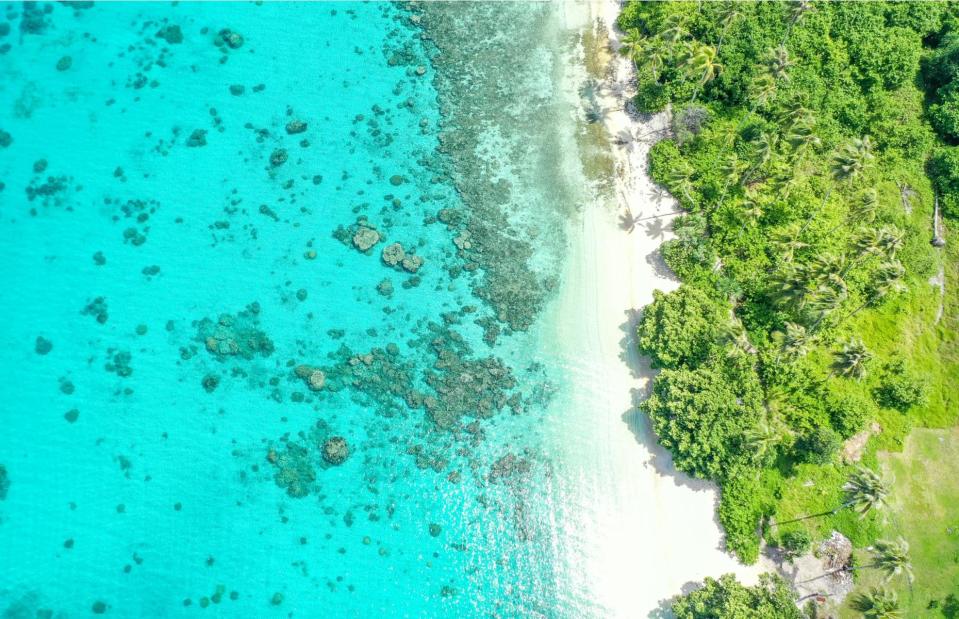
Romaine W/Shutterstock
The country, part of the Commonwealth, does have an airport on the main island, Funafuti, with ferries taking passengers to the rest of the archipelago. Those who do fancy exploring the uncrowded, powdered-sugar-white beaches, colourful coral reefs, palm-lined paths and Second World War sites should act soon: the low-lying country is at risk of being submerged under rising sea levels due to climate change.
North Macedonia
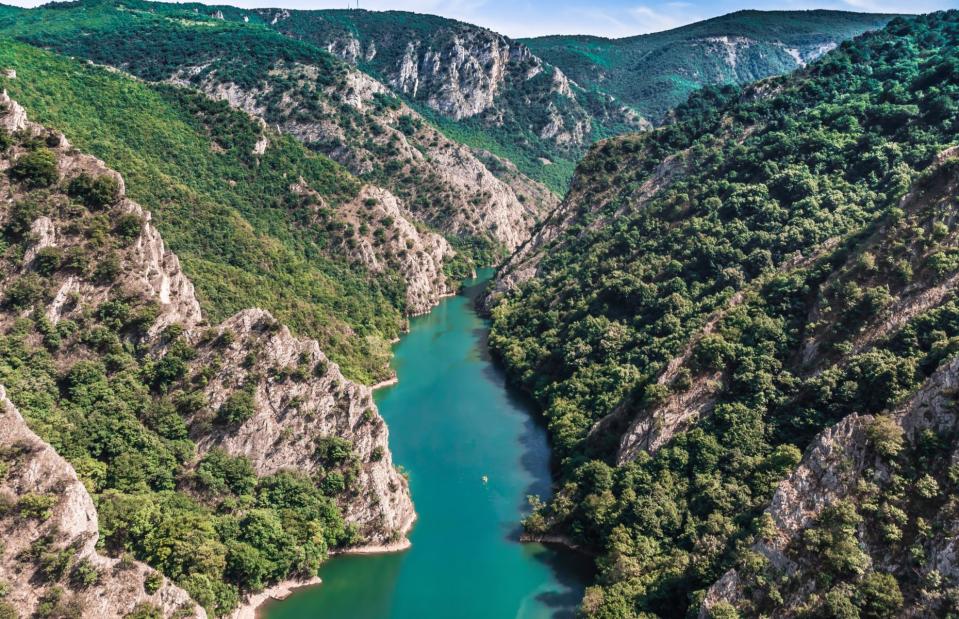
Serhii Koval/Shutterstock
This landlocked country, which shares borders with Albania, Bulgaria, Greece, Kosovo and Serbia, boasts three national parks – Galičica, Mavrovo and Pelister – and a landscape carved with canyons, caves and peaks. Yet this hiking paradise draws relatively few tourists, ranking 148th in the world (113th when comparing the numbers of tourists with the population size). Pictured is Makta Canyon, which can be viewed from trails.
North Macedonia
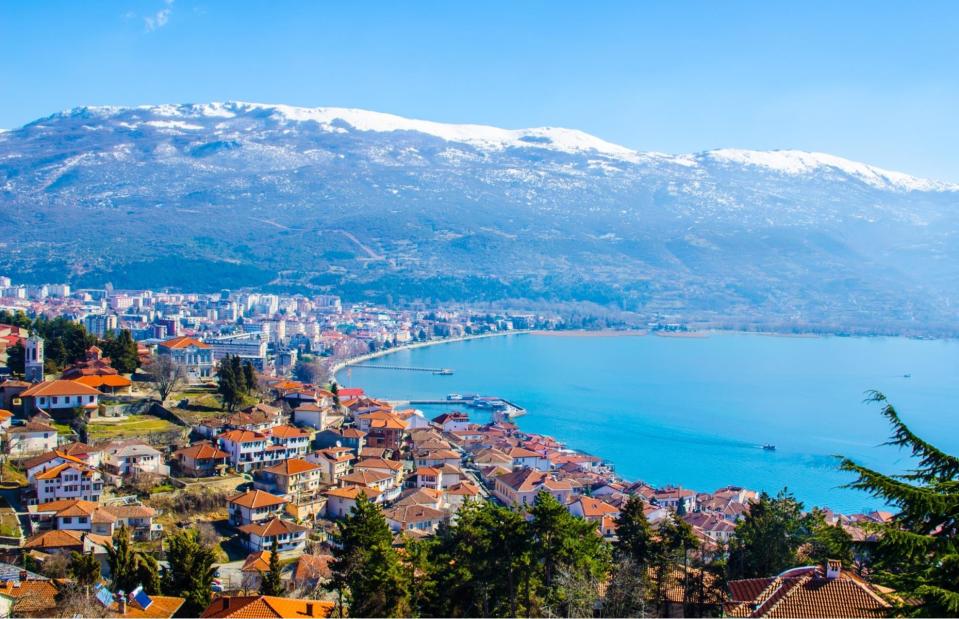
trabantos/Shutterstock
People are catching on, though. While just 99,000 people visited in 2001, that figure has been steadily climbing since, reaching 758,000 when the last numbers were recorded by the World Bank in 2019. That’s still just over half the number of international visitors drawn to its Balkan neighbor Bulgaria, though. Among the country’s many glittering highlights is Lake Ohrid, one of Europe’s oldest and deepest lakes, home to a historic city of the same name (pictured).


